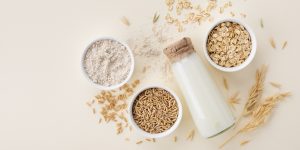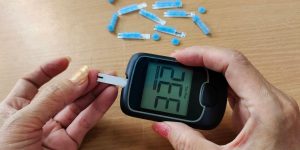Okay, confession time. I used to think I was being so healthy. Smoothies every morning, oatmeal for breakfast, brown rice with my stir-fries… I thought I had this whole “blood sugar” thing figured out. Turns out, I was accidentally sabotaging myself. My doctor (who, thankfully, has a great sense of humor) gently pointed out that some of my “healthy” choices were actually sending my blood sugar on a rollercoaster ride.
So, what are these sneaky culprits? And what should we be eating instead? Let’s dive in, and I’ll share some of the surprises I’ve learned along the way.
The Unexpected Blood Sugar Spikers
These are the foods that made me go, “Wait, what?!” They seem healthy-ish, right? But they can pack a surprising punch to your blood glucose.
1- Orange Juice (The Liquid Sugar Bomb)

I know, I know. It’s sunshine in a glass, packed with Vitamin C. But here’s the deal: orange juice is basically pure sugar, without the fiber that helps slow down absorption. Think about it: you can guzzle down the juice of four oranges in minutes, but would you eat four whole oranges that fast? Probably not. That fiber in the whole fruit is crucial! It’s like the brakes on the sugar rush. A glass of OJ has about 22 grams of sugar, mostly fructose, which can be tough on your liver if you drink to much too quickly. Plus, its glycemic index is pretty high (66-76!). My solution? Eat the whole orange. You get the fiber, the vitamins, and a much more gradual blood sugar rise. Or, if I really crave juice, I’ll dilute it heavily with water.
2- Oatmeal (The Sneaky Carb Chameleon)

This one hurt. Oatmeal is supposed to be a heart-healthy superhero, right? Well, it depends. The instant, flavored kind? Loaded with added sugar, and often processed to within an inch of its life. This processing removes the fiber-rich outer layer, leaving behind mostly fast-digesting carbs. Even steel-cut oats, which are less processed, can still spike some people’s blood sugar (me included, sadly!). The trick? Portion control (½ cup cooked is plenty), and adding protein and healthy fats. I like to stir in a scoop of protein powder and a handful of nuts. Oh, and watch out for those sneaky toppings! Maple syrup and brown sugar are obvious no-nos, but even a ton of fruit can be too much.
3- Non-Dairy Milks (The Oat & Rice Deception)
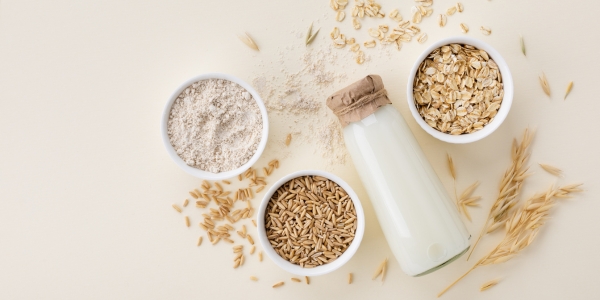
I switched to oat milk thinking I was being so clever. Lower in fat, right? Wrong (at least for blood sugar). Oat milk and rice milk are surprisingly high in carbs, and some, like oat milk, have maltose, a sugar with a sky-high glycemic index (105!). The process of making oat milk breaks down the starches into simple sugars. Rice milk is naturally high in carbs because, well, rice is a grain. Check the labels! Look for unsweetened versions, and consider almond, cashew, or even hemp milk instead. They’re usually much lower in carbs.
4- Ripe Bananas (The Ripening Sugar Trap)
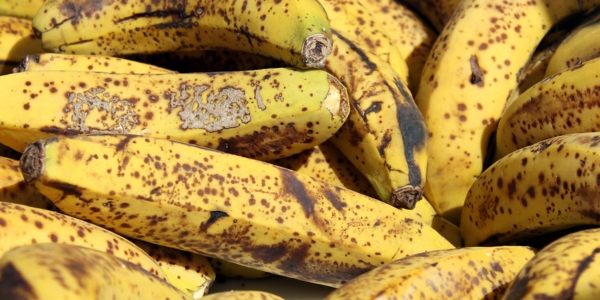
I love bananas. They’re portable, tasty, and packed with potassium. But… the riper they get, the more the starch turns into sugar. A green banana is actually pretty good for blood sugar – it has resistant starch, which acts like fiber. But a super-ripe, brown-spotted banana? That’s a sugar bomb waiting to happen. My workaround? I eat bananas that are just barely ripe, and I always pair them with some peanut butter or a handful of almonds. The protein and fat help slow down the sugar absorption.
5- Brown Rice (The “Healthy” Carb That Still Counts)
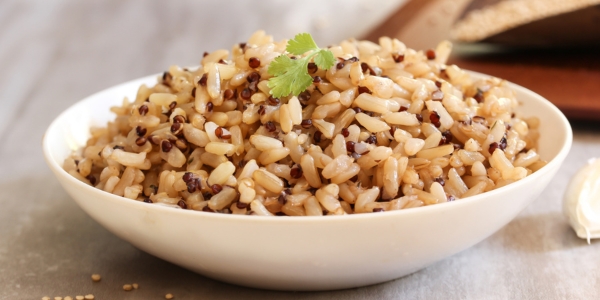
Okay, brown rice is better than white rice. It has more fiber, more nutrients… But let’s be real: it’s still mostly carbs. A cup of cooked brown rice has around 50 grams of carbs! And how you cook it matters, too. Overcooking it makes the starches easier to digest, which means a faster blood sugar spike. I’ve learned to cook my brown rice al dente (slightly firm), and I measure my portions carefully. I also load up on non-starchy veggies and lean protein to balance things out.
The Blood Sugar Stabilizers (Your New Best Friends)
Now for the good news! These foods are your allies in the fight against blood sugar spikes.
1- Avocados (The Creamy Dream)
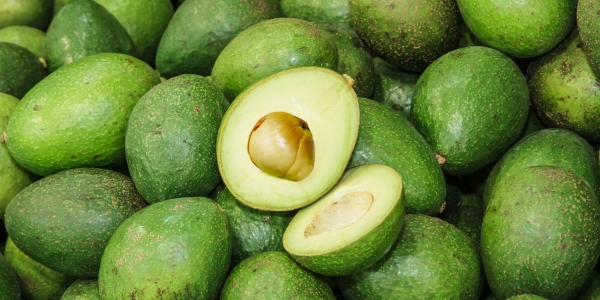
I’m obsessed with avocados. They’re low in carbs, packed with healthy fats and fiber, and they make everything taste better. The fat and fiber slow down digestion, which means a slower, more gradual release of glucose into your bloodstream. Plus, they have a super low glycemic index (around 15). Guacamole, avocado toast, sliced avocado on my eggs… I put it on everything!
2- Berries (The Antioxidant Powerhouses)
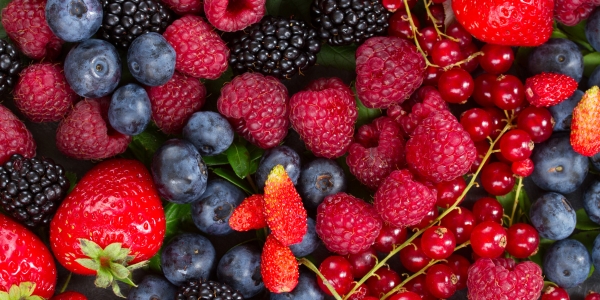
Blueberries, raspberries, strawberries, blackberries… they’re all relatively low in sugar compared to other fruits, and they’re loaded with fiber and antioxidants. Those antioxidants can even help your body use insulin more effectively! I like to have a handful of berries with my yogurt or add them to a smoothie (with plenty of protein and healthy fats, of course!). Just make sure any frozen berries you buy have no added sugars.
3- Steel-Cut Oats (The Right Kind of Oatmeal)
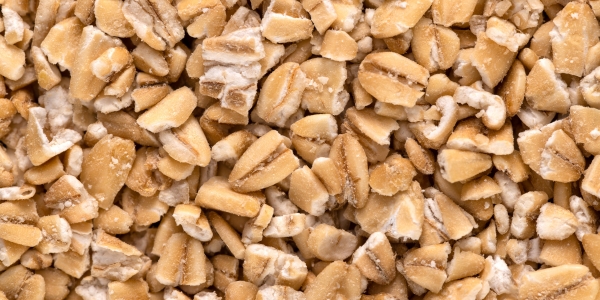
If you’re going to eat oatmeal, steel-cut is the way to go. It’s the least processed, so it retains the most fiber. That fiber, especially something called beta-glucan, is a superstar for slowing down digestion and keeping blood sugar stable. I make a big batch at the beginning of the week and portion it out for quick breakfasts.
4- Lentils (The Humble Heroes)
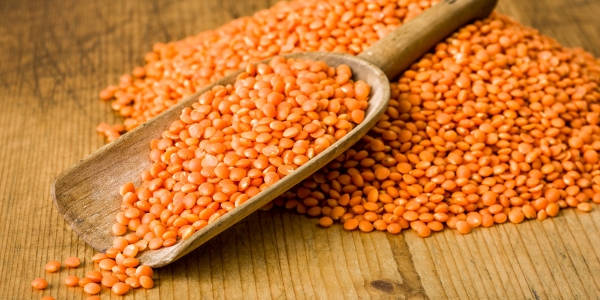
These little guys are packed with protein and fiber, which is the magic combination for blood sugar control. They’re also super versatile – I use them in soups, stews, salads, even as a meat substitute in tacos. They have a low glycemic index (around 21-33), and they’re incredibly affordable. What’s not to love?
Beyond the Food: The Bigger Picture
It’s not just about what you eat; it’s also about how you eat, and how your food is prepared.
- Glycemic Index (GI) and Glycemic Load (GL): GI tells you how quickly a food raises blood sugar. GL takes into account the amount of carbs in a serving. Both are helpful, but GL is often more practical.
- Fiber, Protein, and Fat are Your Friends: These slow down digestion and help prevent those sugar spikes. Always try to combine carbs with protein, healthy fats, and fiber.
- Processing Matters: The more processed a food is, the faster it will likely raise your blood sugar. Think whole grains, not refined grains.
- Portion Control is Key: Even “healthy” foods can spike your blood sugar if you eat too much of them.
Conclusion
Managing blood sugar is a journey, not a destination. I’m still learning, still experimenting, and still occasionally messing up. But by paying attention to these surprising food triggers and focusing on the stabilizing foods, I’ve made huge progress. It’s not about perfection; it’s about making informed choices most of the time. And if all else fails, well, there’s always that walk around the block… (just kidding – mostly!). Remember, talking to your doctor or a registered dietitian is always the best first step. They can help you create a personalized plan that works for you.


